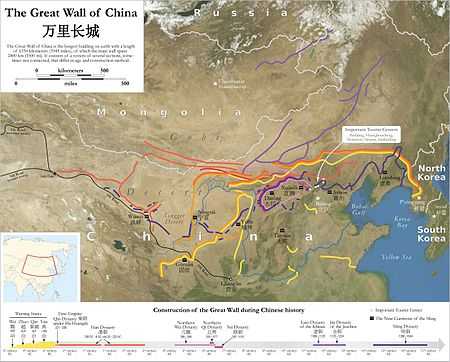594
| Millennium: | 1st millennium |
|---|---|
| Centuries: | 5th century – 6th century – 7th century |
| Decades: | 560s 570s 580s – 590s – 600s 610s 620s |
| Years: | 591 592 593 – 594 – 595 596 597 |
| 594 by topic | |
| Politics | |
| State leaders – Sovereign states | |
| Birth and death categories | |
| Births – Deaths | |
| Establishment and disestablishment categories | |
| Establishments – Disestablishments | |
| Gregorian calendar | 594 DXCIV |
| Ab urbe condita | 1347 |
| Armenian calendar | 43 ԹՎ ԽԳ |
| Assyrian calendar | 5344 |
| Bengali calendar | 1 |
| Berber calendar | 1544 |
| Buddhist calendar | 1138 |
| Burmese calendar | −44 |
| Byzantine calendar | 6102–6103 |
| Chinese calendar | 癸丑年 (Water Ox) 3290 or 3230 — to — 甲寅年 (Wood Tiger) 3291 or 3231 |
| Coptic calendar | 310–311 |
| Discordian calendar | 1760 |
| Ethiopian calendar | 586–587 |
| Hebrew calendar | 4354–4355 |
| Hindu calendars | |
| - Vikram Samvat | 650–651 |
| - Shaka Samvat | 516–517 |
| - Kali Yuga | 3695–3696 |
| Holocene calendar | 10594 |
| Iranian calendar | 28 BP – 27 BP |
| Islamic calendar | 29 BH – 28 BH |
| Julian calendar | 594 DXCIV |
| Korean calendar | 2927 |
| Minguo calendar | 1318 before ROC 民前1318年 |
| Seleucid era | 905/906 AG |
| Thai solar calendar | 1136–1137 |
| Wikimedia Commons has media related to 594. |

Constructions of the Great Wall (Sui Dynasty)
Year 594 (DXCIV) was a common year starting on Friday (link will display the full calendar) of the Julian calendar. The denomination 594 for this year has been used since the early medieval period, when the Anno Domini calendar era became the prevalent method in Europe for naming years.
Events
By place
Byzantine Empire
- Balkan Campaign: The Slavs invade again the Byzantine provinces of Moesia and Macedonia; during their pillage the towns of Aquis, Scupi and Zaldapa in Dobruja are destroyed.[1]
- Autumn – Emperor Maurice replaces general Priscus for disobeying orders. He installs his inexperienced brother Peter as commander-in-chief in charge of the war against the Avars.
Asia
- Emperor Wéndi repairs and expands sections of the Great Wall in the north-west, which is undertaken by using forced labour. During the years, thousands of civilians are killed.[2]
- Empress Suiko issues the "Flourishing Three Treasures Edict", officially recognizing the practice of Buddhism in Japan. She begins diplomatic relations with the Sui Dynasty (China).
By topic
Religion
- Amos succeeds John IV as Orthodox Patriarch of Jerusalem.
Births
- Kōgyoku, empress of Japan (d. 661)
- Li Shiji, general and chancellor of the Tang Dynasty (d. 669)
- Maymuna bint al-Harith, wife of Muhammad (approximate date)
- Ramla bint Abi Sufyan, wife of Muhammad (approximate date)
- Zubayr ibn al-Awam, companion of Muhammad (d. 656)
Deaths
- November 17 – Gregory of Tours, bishop and historian
- John IV, patriarch of Jerusalem (approximate date)